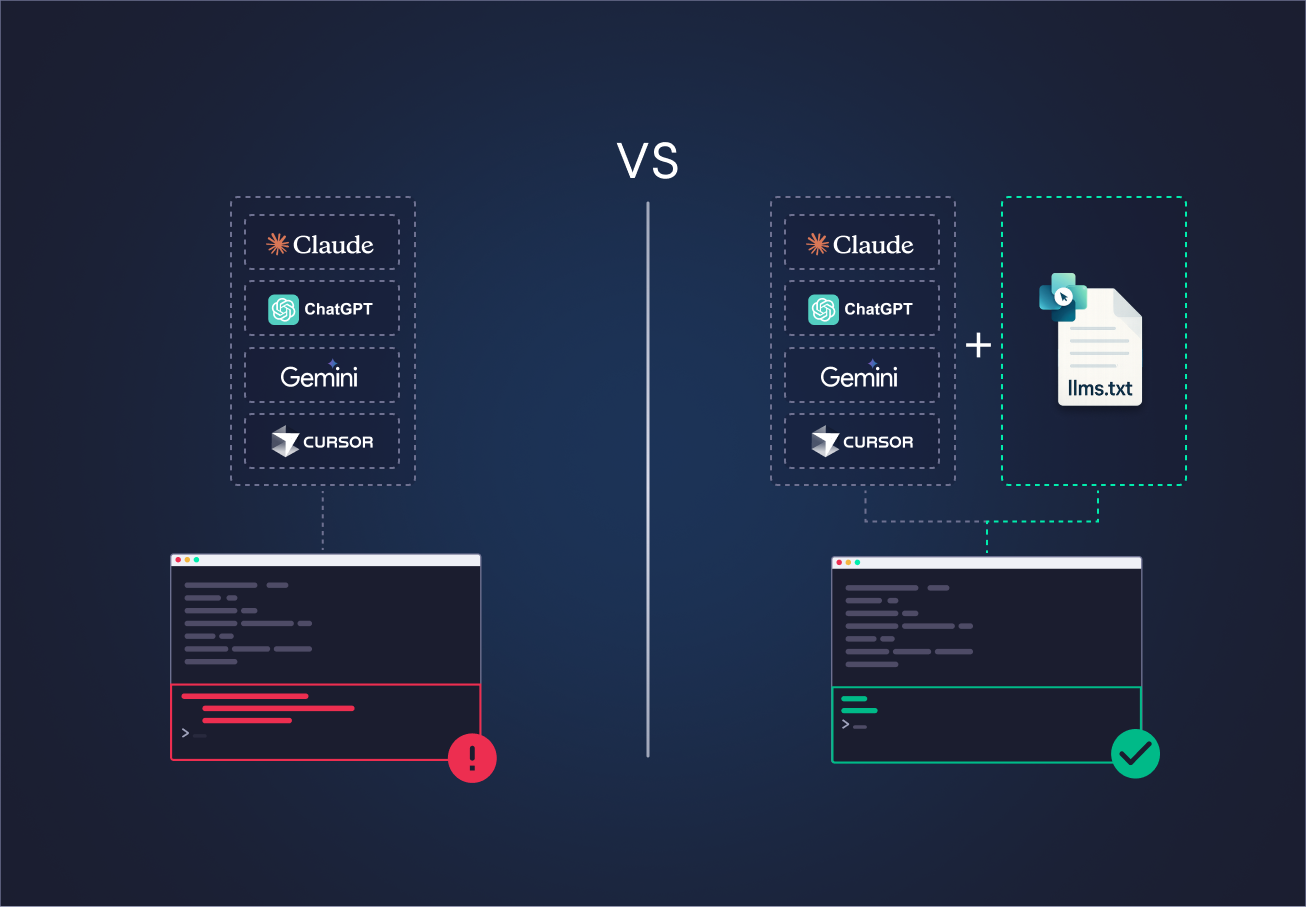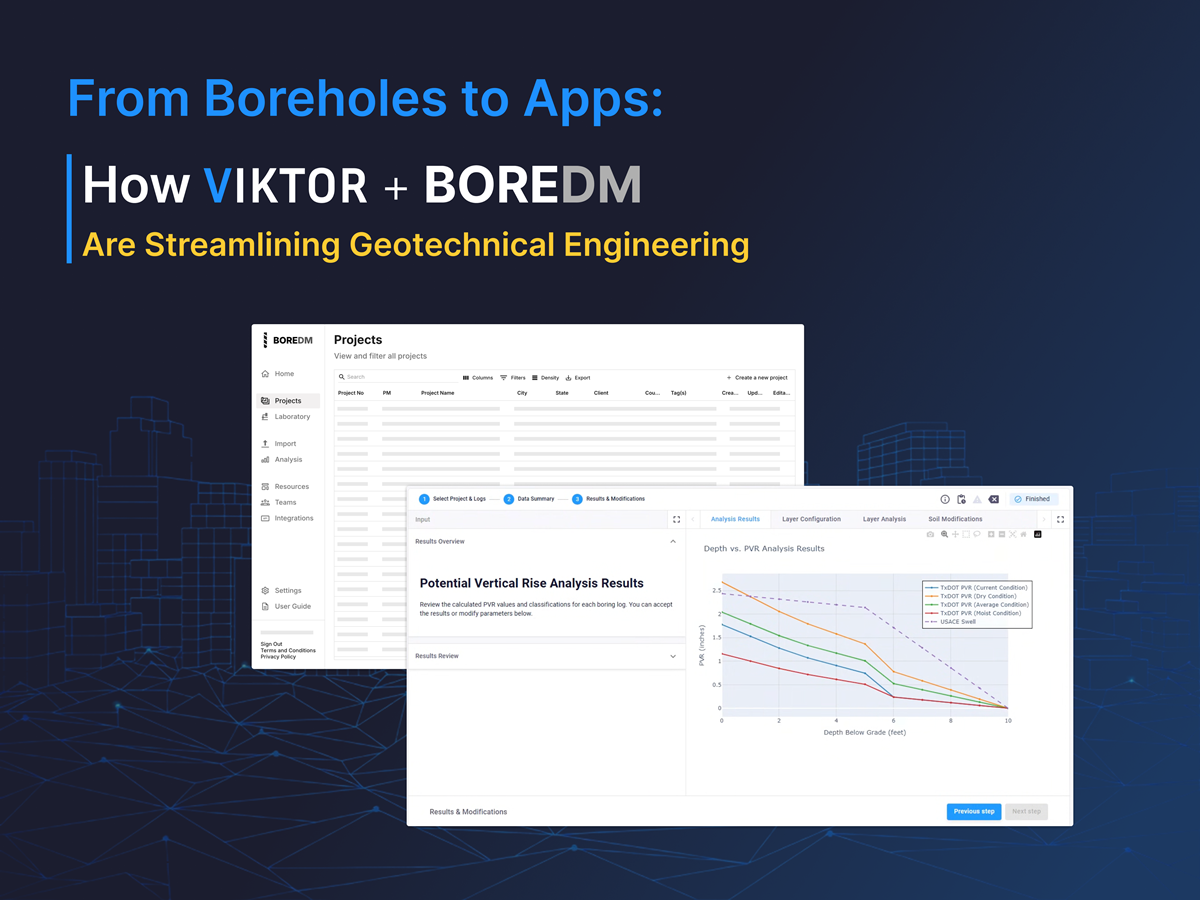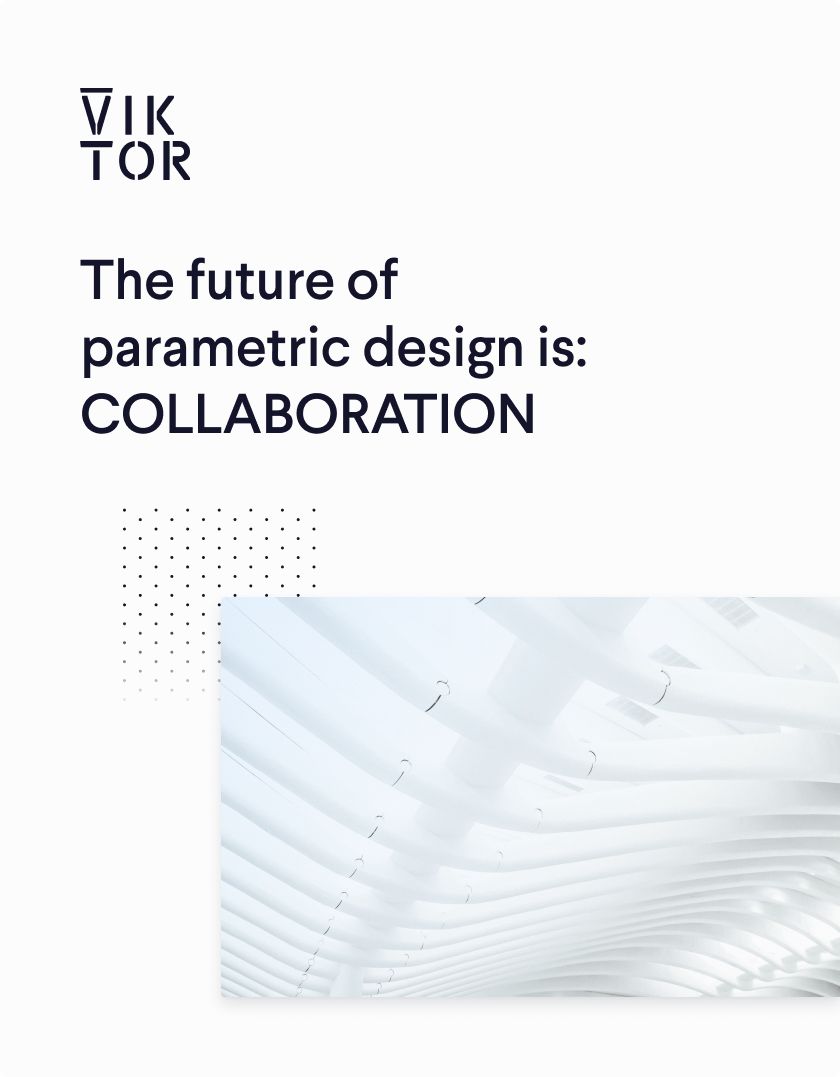
Download the white paper and get INSPIRED
Learn how collaborative parametric design models allow you to work together for better solutions.
Use parametric design
What is parametric design? In short, parametric design is an approach that uses flexible models, which can be quickly adjusted and solved. The goal is to see the effect of specific choices on your design by just changing the input variables and without creating a new model.
"As a designer, you spend less time performing calculations, which allows you to pay more attention to the interpretation and analysis of the results and how this affects the design. It is more efficient, and you get better solutions."
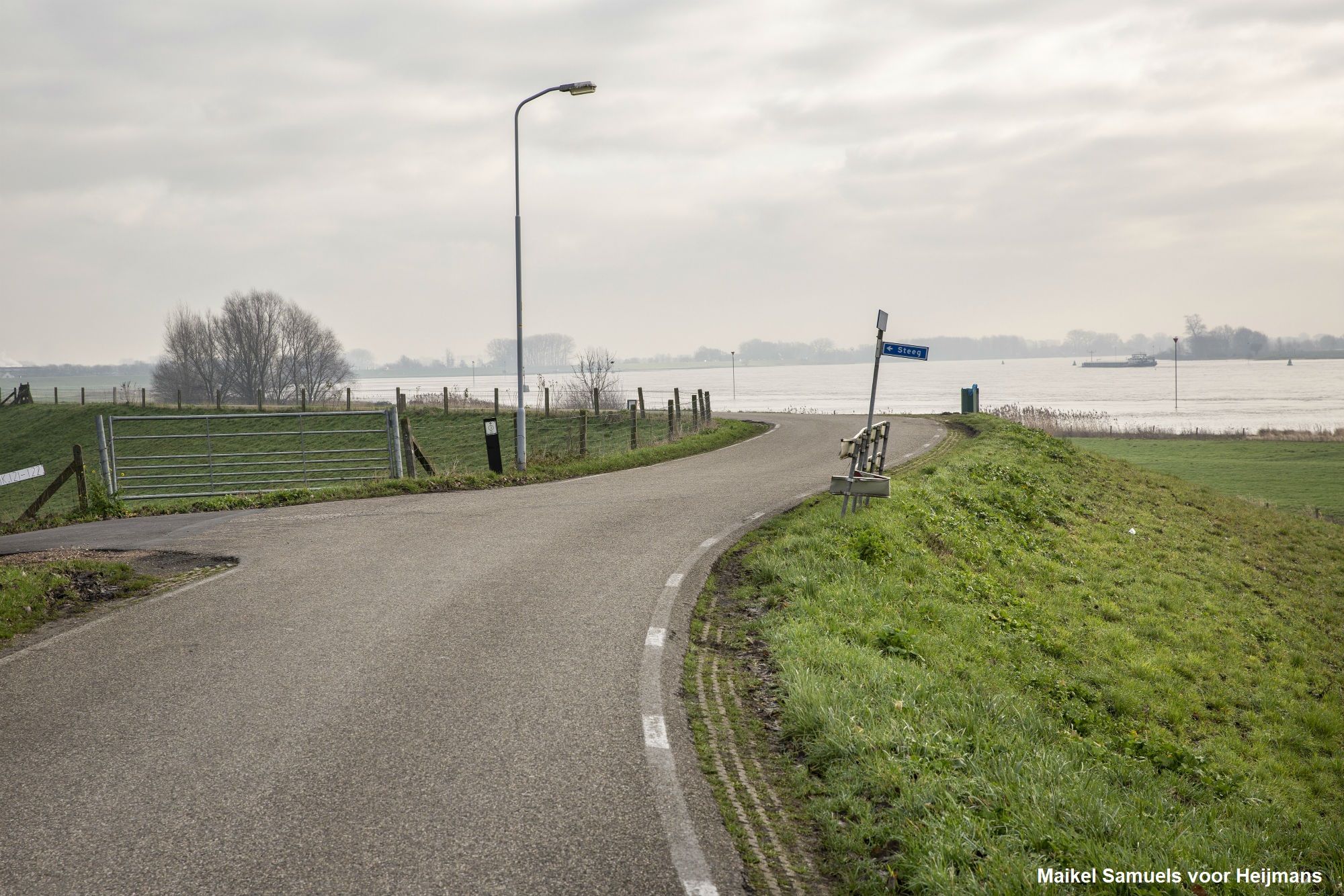
Don't overthink it, just start.
“I remember my first meeting with VIKTOR, where I was with a colleague who was excited about the concept of parametric design. I, however, was not convinced. I think I spent half of the meeting trying to explain to my colleague and the people at VIKTOR why it was simply impossible to use parametric design in our case. It may work for others, I said, but not on this project. They replied simply: “That is what everyone else tells us as well”.
Looking back, the idea I had of parametric design at that time was not realistic. I was thinking of a magic box that you fed a few input files and returned you a perfect solution. I don't think that is achievable, at least not yet. However, as soon as development started for real, I was convinced. We started with automating a few repetitive tasks that require a lot of time and manual work, and I saw how much time and energy that saved. Even those within the engineering team that were very skeptical, were convinced after a few uses. They saw how easy it was to apply a change, that would have cost days before, and how it made their work more interesting by replacing the repetitive tasks with more time for analysis.”
Think big, but start small
“I think it’s very important to have a goal in mind, something to work towards, even if it seems very complex, or even impossible to achieve. And then, start with the easiest step towards that goal. By starting the process, you will find your way, but keep the focus on the big goal you want to achieve.
Applications like this need to start small and grow organically. With each step you will learn more about what is possible and what you need. You will also discover new possibilities and start getting more colleagues enthusiastic. It has a snowball effect, by parametrizing part of the design, and then keep adding small bits and pieces, you get closer sooner than you might have expected.”
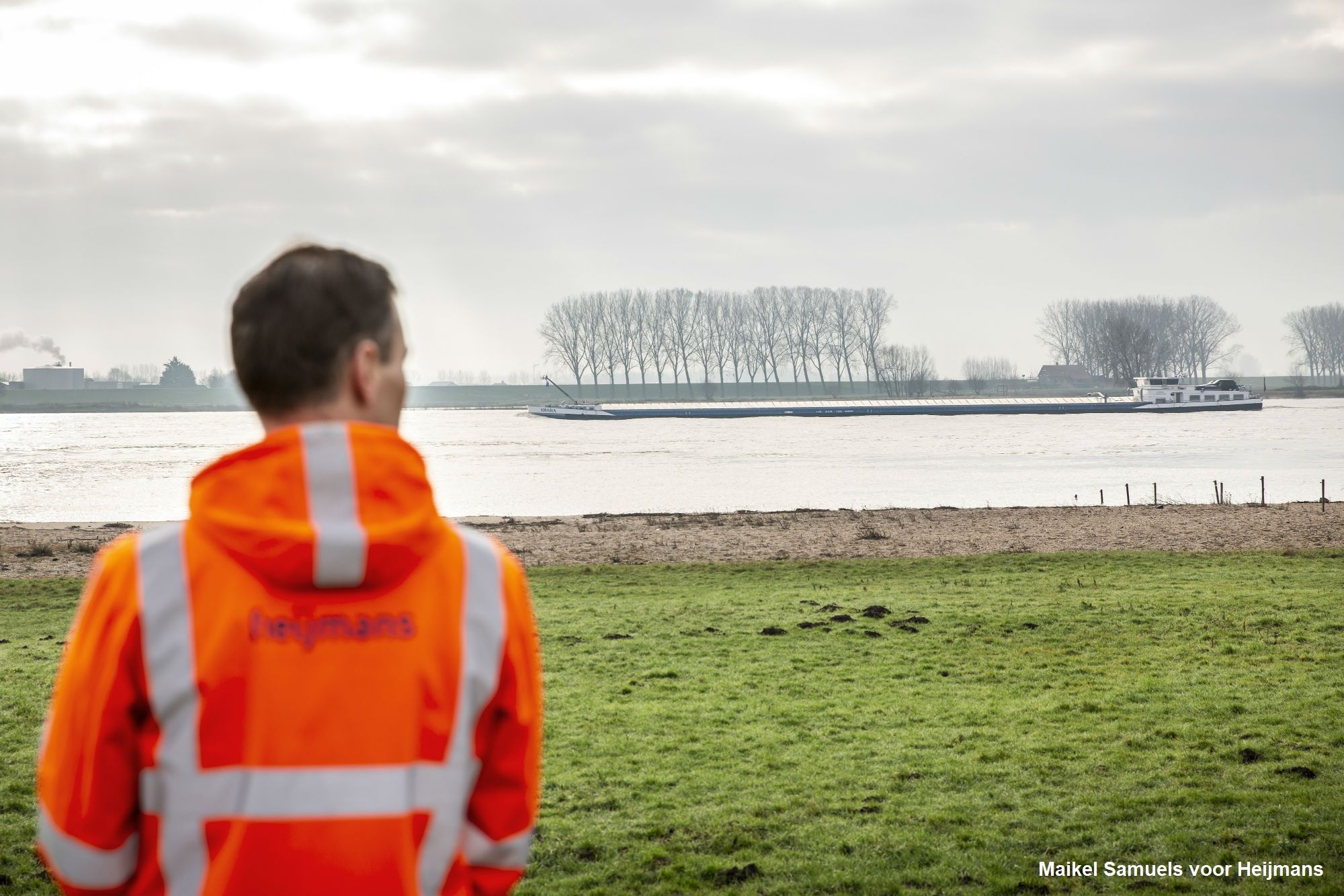
Have a plan but allow yourself to deviate from it.
“Again, I had a different idea about what was possible with parametric design at the start of the project. But that happens with new applications as well. I am working on a new and different tool, starting completely from scratch. Contrary to Wilma, where we had no detailed plan, in this case it was very clear what the desired functionality was and which steps had to be taken. But as soon as we started, we had to change it. And even now, towards the end, we are still changing requirements. It is just part of the process.
You need a goal to get you in the right direction, but in the end, you need to keep evaluating if taking the next step is worth the effort. You can spend a lot of time talking, in very abstract terms, about how to reduce the effort you are spending on a task by a few percent. But if that task is only 5% of your work, that doesn't help you much. However, if each step can save 1% on 90% of your work, then you are talking big numbers.”
Know your process, through and through.
“Another important lesson that I took from Wilma to this new project is that you really have to know your process, every step and detail of it. You have to know it so well that it becomes boring to you. Transferring a process to an application is very different from instructing a colleague. You can’t tell the computer: just figure out the details yourself. Even if you can always change the protocol later in the process, you don't want to be tweaking your protocol at the same time you are building your tool. That will only make it take much more time and energy than needed. Thinking in standardization is an important part of creating a parametric design tool”
Trust the skills of the developers, but also your own.
“I remember at one point, we needed to add some geotechnical formula. So, I started to explain all the background and assumptions, until one of the developers asked: what is the formula actually? It turned out to be a simple addition to yield a third parameter. This made me realize: the way developers work is different. A developer doesn’t need to be on point about the details of effective grain tension. Just as I don't need to know the ins and outs of code stability. As a client, I did not know what programming needed to be done, just what the end functionality should be. We each bring our own specialism to the table and we need to trust that the other knows what they are talking about. On the other hand, we were able to work together in the same room back then. Of course, that makes asking questions easier, but I also think that it was very valuable to see the other work in their own space. I believe that gives a lot of context to why they do the things they do, even if you don’t follow every detail. In hindsight, I wish I’d gone to the offices of VIKTOR more, instead of them always coming to us.”

Join forces
“This kind of tool is very valuable. The market is realizing this too. You see many parties starting their own development. This means that there are many different tools being made that all do essentially the same thing, and in the end only 3-4 of the best will remain. This seems such a waste of resources to me, since I have seen what collaboration can bring in this alliance. Reducing the number of developments early on will give us a better end-product and faster progress. I believe you shouldn’t be afraid to share what you have. With the current development speed in the market, it will be outdated in three years anyway. But the experience and knowledge that you gain from this type of collaboration is much more valuable long term.”
“I think that platforms like VIKTOR are the key to this type of collaboration. VIKTOR makes it easy to centralize data in once place, provide access to it and regulate who uses what. If you share an Excel sheet, you immediately share all your data, create multiple versions and lose control over who can access it. This makes it hard to protect your intellectual property and prone to error. VIKTOR is far more stable in this, having better version control and user management which secures you from accidentally changing or deleting parts of your data.
Are you inspired to start for your own project? VIKTOR is a platform that enables parametric design in the cloud. It empowers engineers to quickly create professional and multidisciplinary parametric design tools and allows you to profit from all the advantages of custom software in the cloud, without the need of software engineering skills in-house. VIKTOR is made for engineering: invest time in standardizing and improving your process. We take care of the rest.
Automate the boring, engineer the awesome



